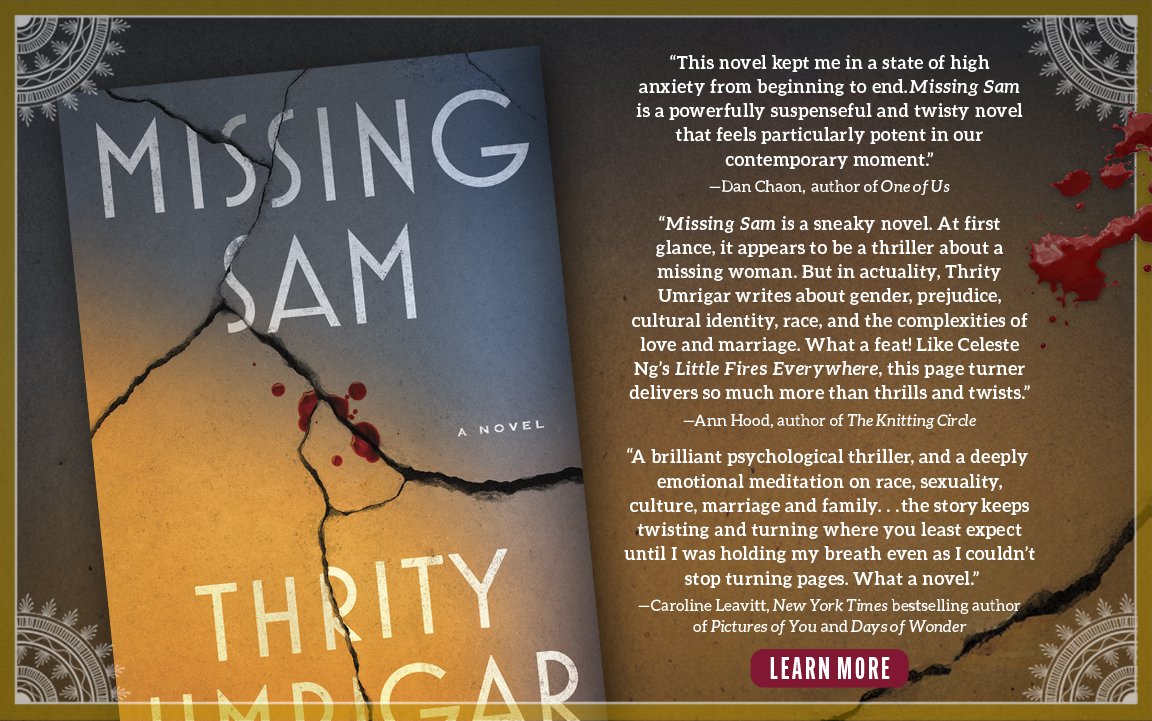Tense and twisty, the story of a woman who goes missing after a morning run—and her wife determined to find her and clear her own name.
One night after a party, a night ends badly with a heated argument after old grievances surface between married couple Aliya and Sam. Sam goes for a run early the next morning to clear her head—and doesn’t come back. Aliya reports her wife missing, but as a gay Muslim daughter of immigrants, she can’t escape the scrutiny and suspicion of those around her. Scared and furious and feeling isolated as strangers and acquaintances alike doubt her innocence, Aliya makes one wrong choice after another. She must fight to prove her innocence in the public eye even as she is torn between her fear that Sam is dead and her desire to find and save her wife. But is safety ever truly possible for them?
A provocative examination of suburban mores, Missing Sam captures the terror manifested in today’s political climate and the real dangers, both physical and psychological, of being brown and queer in America.







